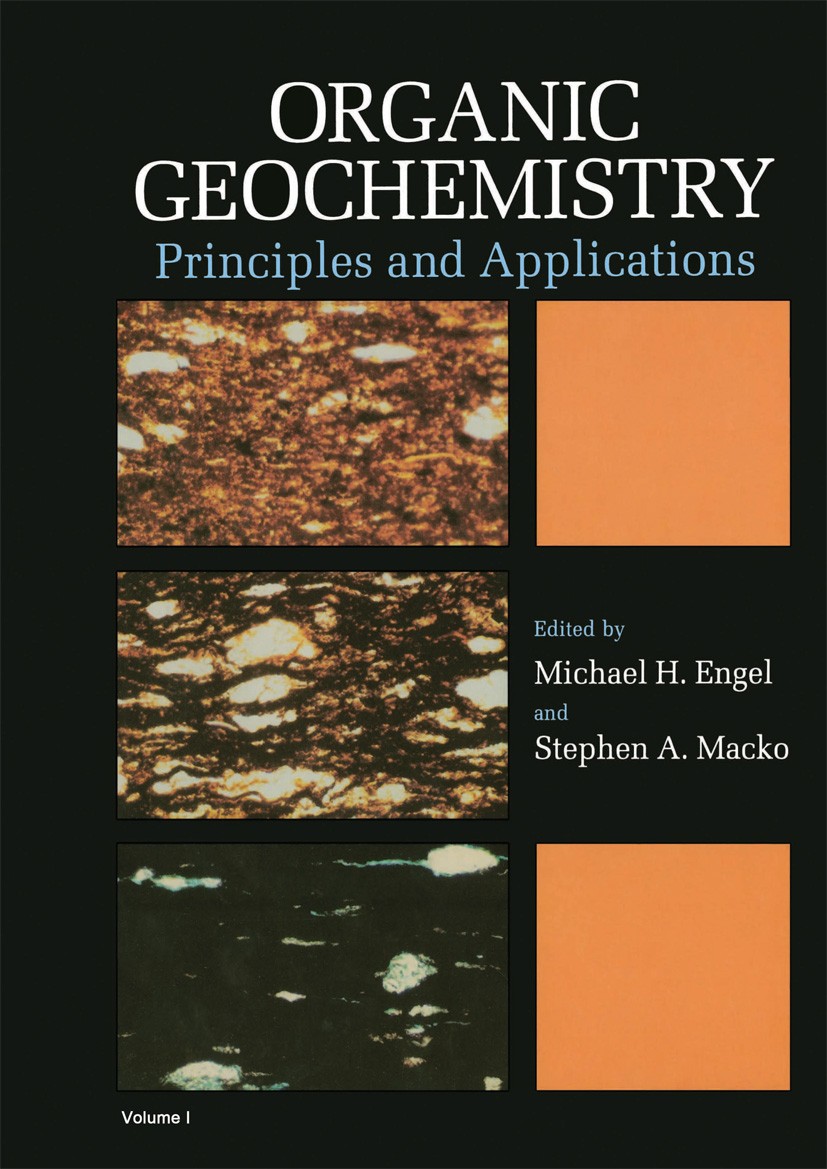Effects of digestate application, winter crop species and development on dissolved organic matter composition along the soil profile
IF 2.5
3区 地球科学
Q2 GEOCHEMISTRY & GEOPHYSICS
引用次数: 0
Abstract
Applying organic waste products (OWPs) and sowing cover crops are agronomic practices to improve soil health. OWPs can be used in anaerobic digestion. Because microorganisms consume some of the labile molecules, persistent molecules accumulate in digestate. Few studies have investigated the transfer of dissolved organic matter (DOM) in soil that received digestate. Previously, effects of digestate application on dissolved organic carbon (DOC) were compared to those of the original pig slurry under wheat and a mustard catch crop for nine years at a lysimeter experimental site. DOC concentrations after digestate application were higher in the topsoil every year, due to crop development, but did not differ between treatments in the subsoil. The objectives of this study were to determine whether the observed differences in DOC concentrations caused DOM composition to differ, to identify sources (e.g., digestate, root exudation) that may have contributed to the DOM pool and to assess the DOM composition in the subsoil. The DOM composition of lysimeter samples and water extracts from the OWPs applied were analyzed by thermochemolysis coupled with gas chromatography and mass spectrometry, which identified plant- and microbial-derived biomarkers. Under mustard, the DOM pool seemed to contain mainly persistent molecules from digestate that were desorbed due to the increase in pH caused by nitrate uptake. Under wheat, the DOC pool seemed supplied by both digestate and root exudation. After applying digestate, plant-derived molecules decreased, while microbial-derived molecules increased, as depth increased, and molecules may have been sorbed from the topsoil to subsoil.

施用沼液、冬季作物种类及发育对土壤剖面溶解有机质组成的影响
施用有机废物和种植覆盖作物是改善土壤健康的农艺做法。owp可用于厌氧消化。因为微生物消耗了一些不稳定的分子,所以持久的分子会在消化液中积累。对土壤中溶解性有机物(DOM)迁移的研究较少。在此之前,在一个蒸渗试验现场,对施用消化液对溶解有机碳(DOC)的影响进行了为期9年的比较,并与原猪浆在小麦和芥菜捕获作物下的影响进行了比较。由于作物的生长,施用沼液后表层土壤的DOC浓度每年都较高,但底土的不同处理之间没有差异。本研究的目的是确定观察到的DOC浓度的差异是否导致DOM组成的差异,确定可能对DOM池有贡献的来源(如消化物、根渗出物),并评估底土中的DOM组成。通过热化学裂解、气相色谱和质谱分析,分析了溶解仪样品和水提取物的DOM组成,确定了植物和微生物来源的生物标志物。在芥菜下,DOM池似乎主要包含来自消化物的持久分子,这些分子由于硝酸盐吸收引起的pH增加而被解吸。小麦下,DOC池似乎由消化液和根系渗出液共同提供。施用消化液后,植物源分子减少,微生物源分子增加,随着深度的增加,分子可能已经从表土吸收到底土。
本文章由计算机程序翻译,如有差异,请以英文原文为准。
求助全文
约1分钟内获得全文
求助全文
来源期刊

Organic Geochemistry
地学-地球化学与地球物理
CiteScore
5.50
自引率
6.70%
发文量
100
审稿时长
61 days
期刊介绍:
Organic Geochemistry serves as the only dedicated medium for the publication of peer-reviewed research on all phases of geochemistry in which organic compounds play a major role. The Editors welcome contributions covering a wide spectrum of subjects in the geosciences broadly based on organic chemistry (including molecular and isotopic geochemistry), and involving geology, biogeochemistry, environmental geochemistry, chemical oceanography and hydrology.
The scope of the journal includes research involving petroleum (including natural gas), coal, organic matter in the aqueous environment and recent sediments, organic-rich rocks and soils and the role of organics in the geochemical cycling of the elements.
Sedimentological, paleontological and organic petrographic studies will also be considered for publication, provided that they are geochemically oriented. Papers cover the full range of research activities in organic geochemistry, and include comprehensive review articles, technical communications, discussion/reply correspondence and short technical notes. Peer-reviews organised through three Chief Editors and a staff of Associate Editors, are conducted by well known, respected scientists from academia, government and industry. The journal also publishes reviews of books, announcements of important conferences and meetings and other matters of direct interest to the organic geochemical community.
 求助内容:
求助内容: 应助结果提醒方式:
应助结果提醒方式:


